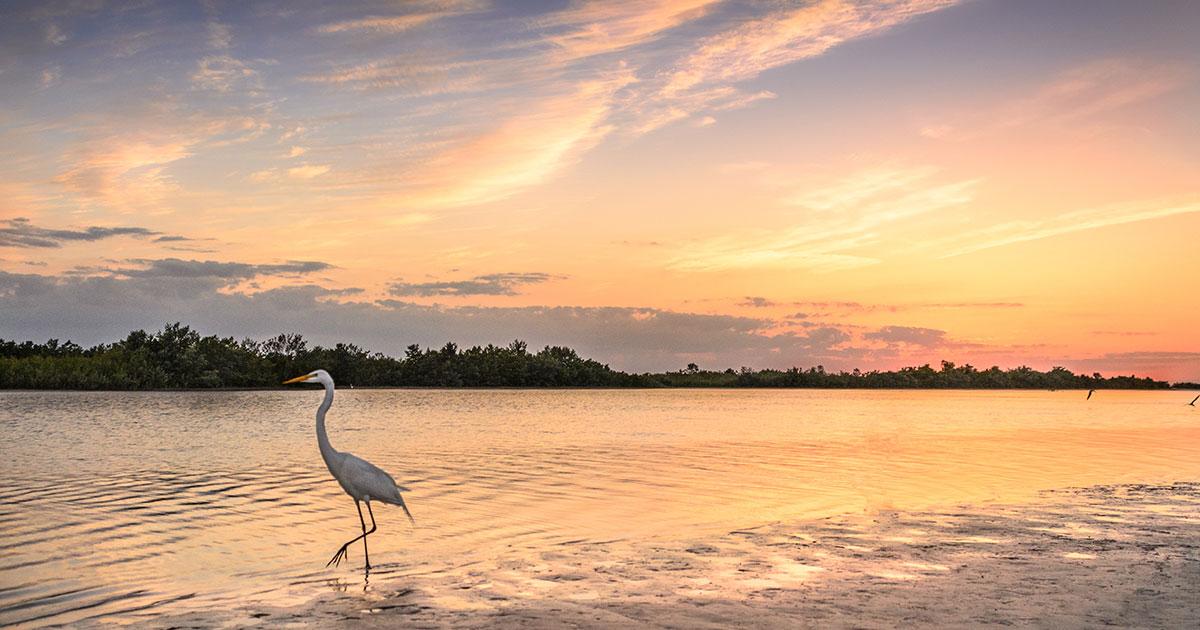Louisiana’s Coastal Protection and Restoration Authority (CPRA) Board on March 20th unanimously adopted a $748 million spending plan for coastal projects and programs in the coming fiscal year starting on July 1 and running through June 2020.
The Louisiana Legislature will be asked to approve the expenditure of anticipated funds outlined in the CPRA’s Fiscal Year 2020 Annual Plan for Integrated Ecosystem Restoration & Hurricane Protection in Coastal Louisiana.
This year’s plan outlines 108 active projects, with 58 in construction, and more headed in that direction after planning, engineering and design. CPRA Executive Director Bren Haase said the number of projects expected to go into construction is an increase over the draft report issued in January. He cited project refinements and continued analysis as reasons for the projected increase.
“Our investment in planning, engineering and design is resulting in more construction,” said Haase. “That is quite evident in this year’s plan with 65 percent of anticipated funds going to construction, which is projected to increase to 75 and 81 percent for construction in the following two fiscal years.”
Board Chairman Chip Kline pointed out that CPRA has been building nonstop since it began implementing projects in 2007.
“If the Coastal Master Plan is the vision, the Annual Plan is where that vision becomes reality,” Kline said. “And that reality has been evident since 2007. It is evident in the 152 million cubic yards of fill we’ve dredged and used to restore or benefit more than 46,000 acres of land, 60 miles of barrier islands and berms, and 315 miles of improved levees. This FY 2020 Annual Plan attests to the fact that we are not backing off.”
State Senator Norby Chabert commended the CPRA staff for making the extremely complex Annual Plan understandable to the average person.
“This is without question the best put-together presentation for an annual plan that I’ve ever seen,” Chabert said.
Corps of Engineers Remains Watchful on the Mississippi and Other Rivers
The U.S. Army Corps of Engineers warns people not to be lulled by expectations that high water on the Mississippi River will begin to fall in the near future. Corps Emergency Manger Heath Jones told the CPRA Board the flood watch this year could be a long one.
“The Mississippi River is cresting but we anticipate a long slow fall requiring operation of the Bonnet Carre' for at least another month,” said Jones. “We will remain vigilant and continue to work with the state and local levee districts to have boots on the ground inspecting each levee section every day to ensure we safely pass this high water.”
However, Jones did say that there are no current projections of the Mississippi River cresting higher than its current level, and there is no anticipated opening of the Morganza Spillway structures.
Sediment Diversion Update
Mid Barataria Sediment Diversion Project Manager Brad Barth showed the latest refinements in design concepts for the structure that will be located on the west bank of the Mississippi River in Plaquemines Parish, just north of Ironton and south of the Alliance Refinery.
The graphics include conceptions of the head works in the river bed where sediment will be captured, and the gates that will be closed when conditions are not optimal for sediment transport and land building. Also depicted were transitional walls, guide levees, channel armoring, and bridge concepts for the railroad and Highway 23.
“Our schedule for field collection of data this year includes site specific in-river sampling as well as soil borings, point bar dewatering tests, and foundation soils consolidation tests,” Barth reported. “We are progressing towards our late summer delivery of the 30 percent Engineering and Design, as the 408 reviews are ongoing.”
Board Chairman Chip Kline explained that means a delay in the previously-anticipated timeline, but it is well worth it.
“Everyone feels the urgency of moving forward with all deliberate speed, but getting it right is more important than doing it fast,” said Kline. “I assure you that we are steadfast in our commitment to doing the right thing the right way.”
Barrier Island Update
Evidence that coastal restoration can be effective and sustainable has been provided in a study of the state’s efforts in the Isle Dernieres chain of barrier islands, reported CPRA Coastal Scientist Darren Lee.
“We reviewed the islands we restored and have monitored over the last 20-plus years, but we did not find the land loss we expected,” Lee said. “Instead we found that we basically have as much land in the restored Isle Dernieres island chain as we had in the late 1990s. And that is despite the fact that the last 20 years have been a period with more tropical storms and hurricanes than usual.”
Lee stressed the importance of barrier islands as the state’s first line of defense against storm surge, and the importance of continuing the state program of restoration and maintenance as part of the overall Master Plan strategy.
Click here for link to today's CPRA Board Meeting Presentations.






